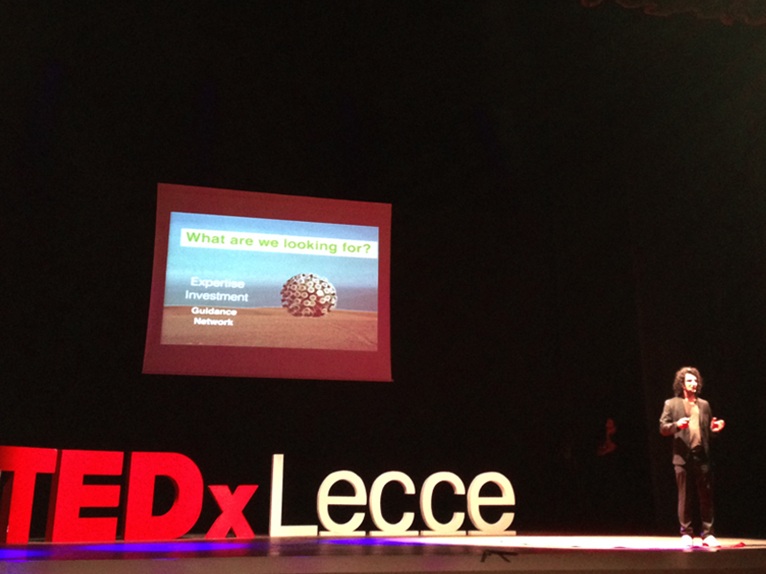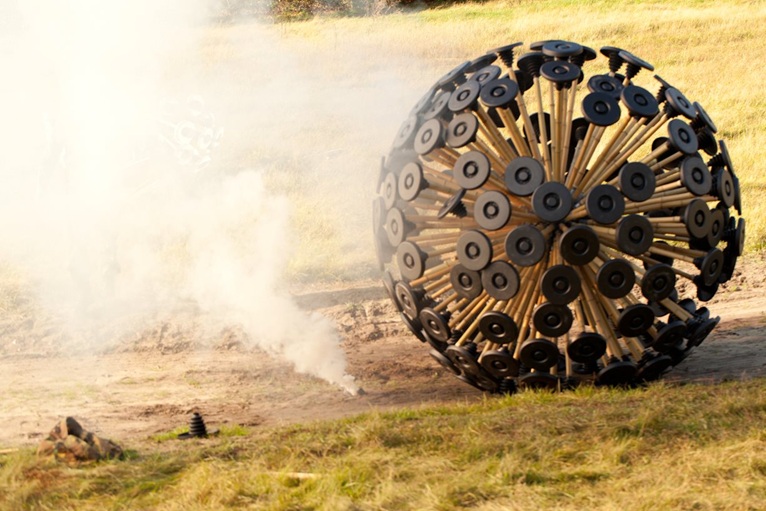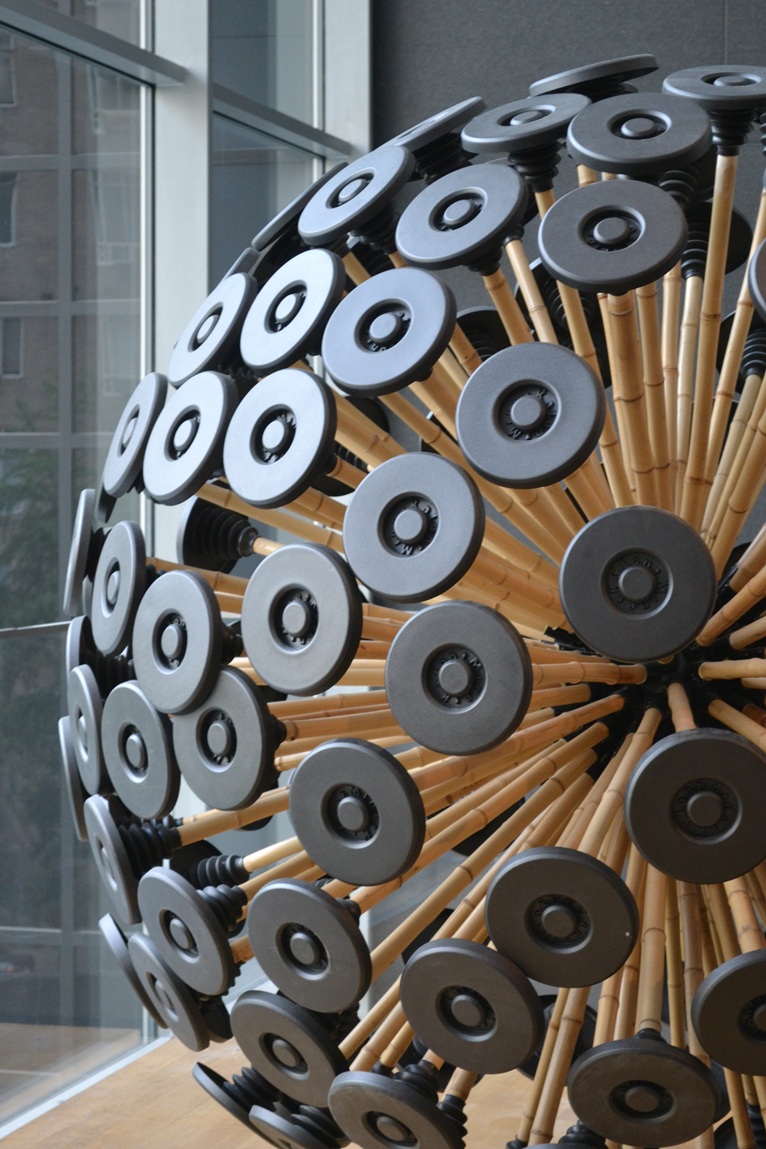
DESIGN _ Design is often associated to furniture and home accessories alone, instead of considering the other surely less profitable and commercial means. That tendency makes young designers, looking for their space in the design world, reflect more deeply into the real need of the contemporarity.
Obviously this is not the case of Massoud Hassani, the young Afghan designer that I met this weekend during the TEDxLecce in the south of Italy. His prototype Mine Kafon (Let's explode mines) is a social project to clear the territories around the world from the over 10 milions mines placed.

Could you talk about your project and the idea behind it?
I was born in Kabul, just above the national airport, during the war. My brother and I, with others friends, were used to making our own toys and playing around the desert. One of these toys became bigger and I designed Mine Kafon.
We have a lot of mined lands and a lot of kids get hurt because of that.
85% of people killed by mines are kids and civilians. Mined lands are present in 89 countries world wide and it will take more than a millennium to clean that. That is a big problem that creates disadvantages also for seeking water and agriculture. We have a lot of caves of lithium and uranium but the people can't work safe in there.
The first problem is detection, but it is really hard to find it because of the desert and they don't know where to start from.
Usually rats and dogs are used but it takes time because they get tired and there is always a person involved.
Mine Kafon is a prototype, developed for my graduation project, to detect mines, every explosion detects mine and from every detection it shows, thanks to a GPS, the map where it was. It cost 60$ each piece.
We are also working on a robot device, that helps to map the area scanning the land.

How was the project born? What is the role of design?
The role of design is to bring many people together, bringing different kinds of task, so that is what I try to do. As designer, you just come with a project you are free to do anything, but then it is the role of engineer to make it, because it is their challenge as well.
Then the projects have to get to software development, so that's again another type of duty. That is what is interesting, to put together all these people in a team.
What is the relationship between design and online platforms?
Social networks and online platforms are really strong at the moment because of the growth of media; people are free to talk together about everything they want, so you have freedom and is much faster, you don't have to wait any longer to write a letter to send it and wait for the answer.
You can do everything in a few days, that is the reason why we decided to open our fund raising with Kickstarter campaign *. We didn't want to apply for governmental funding, maybe we will do that in the future, but that will take a lot of time, and you have to write 100 pages, that is a big amount of time for us.
*Project creators set a funding goal and deadline. If people like a project, they can pledge money to make it happen.

You moved from Afghanistan to study at the Design Academy Eindhoven. What is your relation with your country?
I constantly try to get in touch with the Art School of Kabul. We try to keep in touch with them and improve their skills so they develop more into the craft, but you have to combine craft with technologies. Make “smart craft”, embed more things in it. I am really interested in combining social networks, products with technologies.
Mine Kafon is part of Applied Design's exhibition on show at MoMA NY.
Photo credit: Archilovers staff (Claudia Lorusso, Rossella Tursi) and MoMA




 18
18
comment